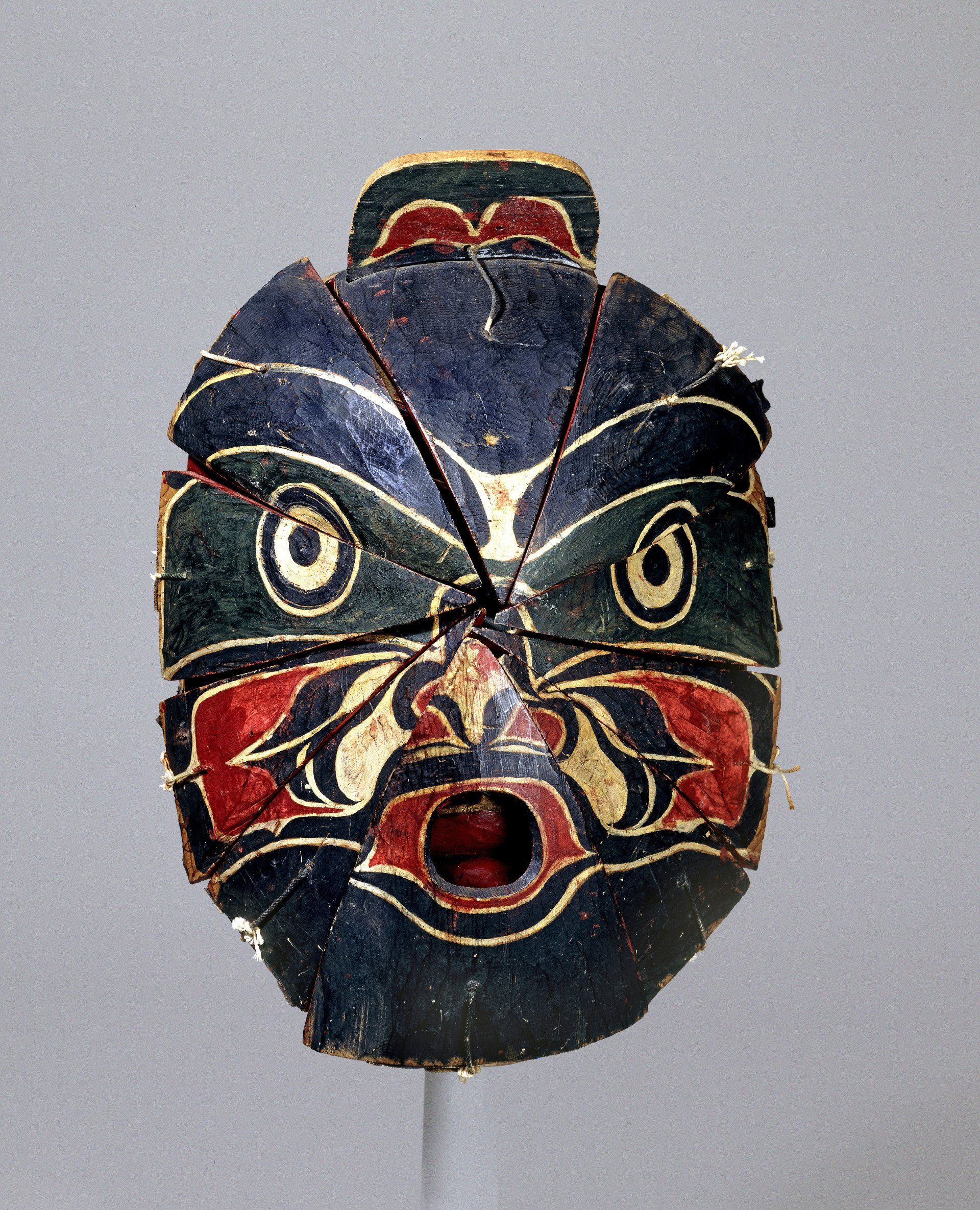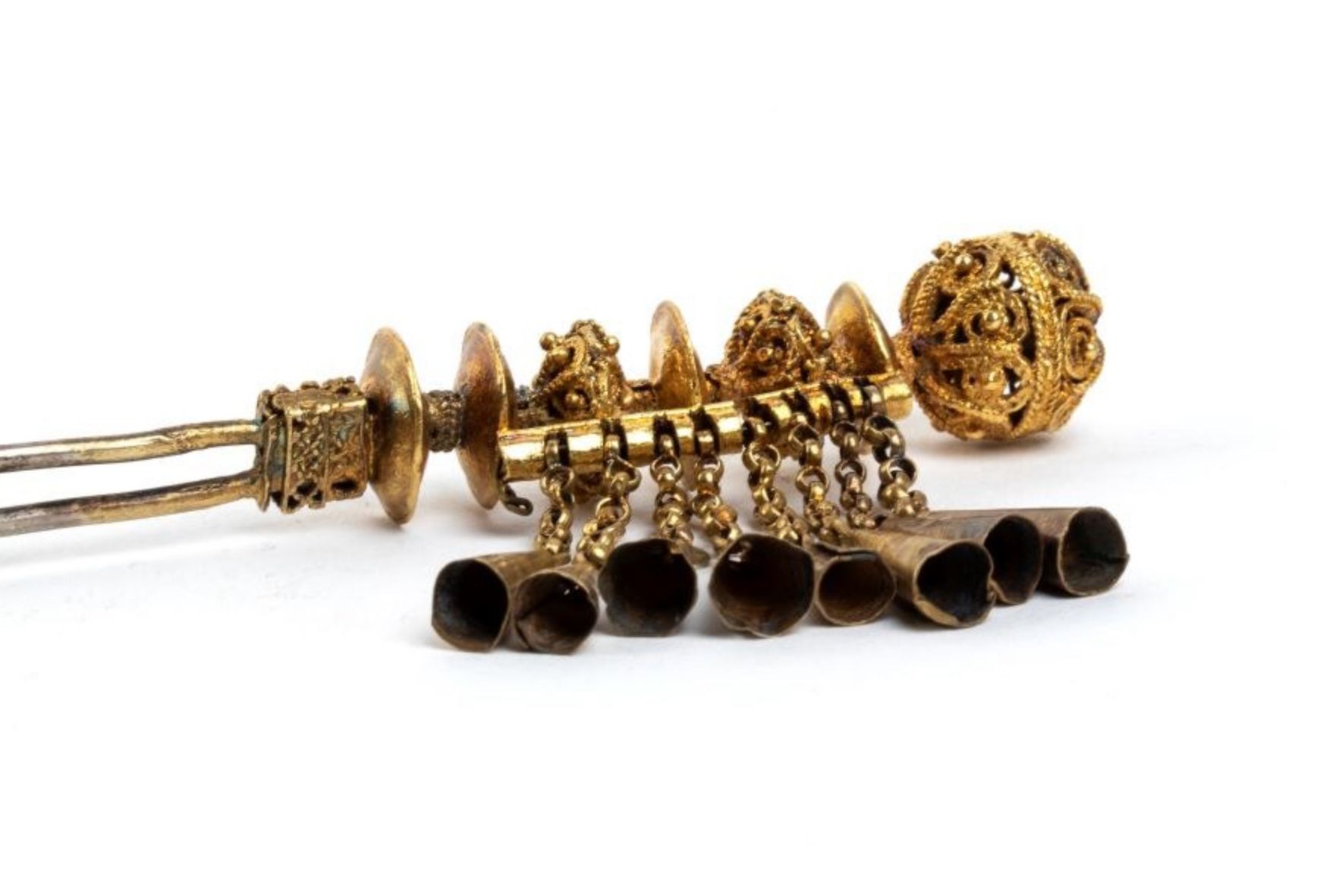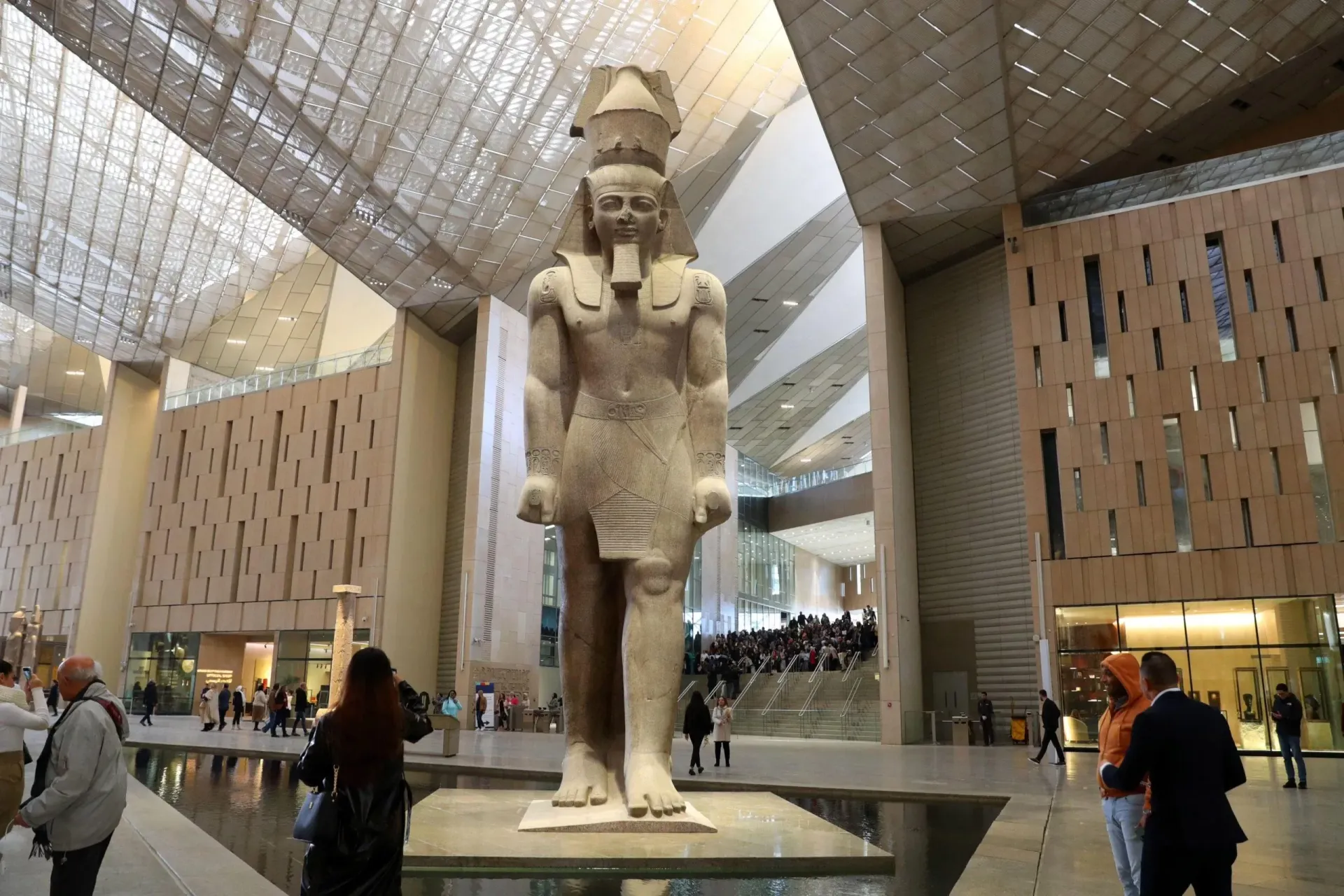Cultural Restitution
SHARE ARTICLE
Can a series of long-term, renewable loans ever provide a viable solution to the restitution debate, especially within the seemingly inflexible UK state museum sector?
The British Museum’s loan of a ‘Namgis mask representing K’umugwe', Chief of the Undersea Kingdom, to the Canadian west coast nation of the Kwakwaka’wakw people suggests for some it probably can.
Since 2005, an object that symbolises the essence of Kwakwaka’wakw culture has been restored to the community from where it was forcibly removed. Its ownership has never changed – it still remains the legal property of the British Museum – however, if neither party had stepped up to agree this solution, the Museum’s statutory policy against repatriation would have made its return for exhibition in Canada impossible.
Made about 1910, the British Museum's mask is an especially fine example of a mechanical ‘transformation’ dance mask representing K’umugwe’. His name means ‘wealthy one’ and by tradition he is responsible for the riches of the sea. Made from local red cedar wood and leather, the mask ‘transforms’ from one traditional Kwakwaka’wakw character to another by means of a simple mechanical folding device.
Dance masks such as this one were used in the ceremony known as the Potlatch, a dance and gift-giving celebration dating back to the late 19th century and practised by indigenous peoples of the Northwest coastal regions of Canada and the United States. A potlatch was held to celebrate major events in the community, such as births, name giving, marriages, divorces, standing up a new chief and deaths. The people invited to a potlatch received gifts in return for witnessing the event.

The 'Namgis Mask of K'umugwe'. Kwakwaka'wakw people. c. 1910
Officials in the Canadian administration opposed this tradition, regarding it as a wasteful, immoral and heathen practice, an impediment in their progress towards the assimilation of First Nations people. In 1884 legislation was introduced which amended the Indian Act and made engaging in potlatches an offence. The practice was largely driven underground, but on Christmas Day in 1921 Chief Pal’nakwala (also known as Dan Cranmer) held a a potlatch ceremony to mark the dissolution of his marriage. It resulted in the arrest of 45 participants, 22 of whom ended up serving two months in jail for refusing to engage in future potlatch ceremonies.
The British Museum's mask was one of several traditional masks, costumes and other items confiscated that day by a local agent of the Royal Canadian Mounted Police, who placed all these items on exhibition at a nearby Anglican church. As a result of the exhibition, thirty-five of these items were sold to George Heye, a major US collector of native American artefacts, who put them on display in his Museum of the American Indian. Heye then went on to sell the K’umugwe’ mask in 1938 to the well-known English anthropologist and collector Harry Geoffrey Beasley (1881-1939), whose widow donated the mask to the British Museum in 1944.
This provenance suggests there are no legal grounds why the British Museum should relinquish ownership of the K'umugwe' mask.
The British Museum’s mask is one of over 750 potlatch objects believed to have been confiscated by Canadian authorities. Most ended up in the National Museum of Canada in Ottawa, the Royal Ontario Museum (ROM) in Toronto, George Heye’s National Museum of the American Indian or in different private collections. All have been targeted for return by ancestors of the different communities of Northern Vancouver Island.
Efforts for their return began in earnest in the late 1950s. Progress was slow because the burden of proof fell on the communities themselves to prove the objects had been obtained illegally. It was also made clear that a museum facility was required to ensure their future long-term care and security. Extensive lobbying and community engagement finally resulted in the release of federal funds to enable the U’mista Cultural Society to construct two cultural centres on Northern Vancouver Island, one at Alert Bay the other at Cape Mudge. In 1988 the ROM agreed to return their collection of potlatch artefacts; George Heye’s collection was returned in 2002 after his National Museum of the American Indian was merged with the Smithsonian Institution.
But the K’umugwe’ mask remained missing. Eventually, it’s location was identified at the British Museum by Gloria Cranmer Webster, the noted anthropologist and daughter of Chief Pal’nakwala, basing her identification on photographs from the original 1922 exhibition at the Anglican church. Requests for its return began in the 1990s and continued when Andrea Sanborn took over appeals for its restitution. It was Sanborn's tenacious perseverance that resulted in the crucial meeting that took place in 2003 with Jonathan King, Keeper of Africa, Oceania and the Americas at the British Museum, organised with the assistance of the Canadian High Commission.
With no prospect of any transfer in legal ownership, the Museum proposed and Sanborn agreed the mask could be returned instead on the basis of a loan, renewable every three years. King travelled himself with the mask to the U’mista Cultural Centre at Alert Bay, British Columbia in 2005, where the mask is now on exhibition to remind visitors of the violence committed against Kwakwaka’wakw history and culture. The most recent of the mask's three-year renewal agreements was completed in 2020.
Does this solution qualify as a genuine restitution? Not strictly in legal terms. But the Kwakwaka’wakw people are certainly richer for the return of their treasured mask and Sanborn’s relentless pressure on the British Museum ended with an agreement that met the interests of both parties. The mask continues to be shared across both sides of the Atlantic in exhibitions that convey the rich character and traditions of the Kwakwaka’wakw people.
“Through all of this correspondence and meetings I feel we mutually came to a better understanding of each others’ responsibilities to the repatriation process we were looking to undertake. Although the wheels of discussions moved slowly, we were at least going in the right direction…..”
(Andrea Sanborn)
Photo: ‘Namgis mask representing K’umugwe', Pacific Northwest coast of Canada, c.1910
Courtesy of ©The Trustees of the British Museum
More News



